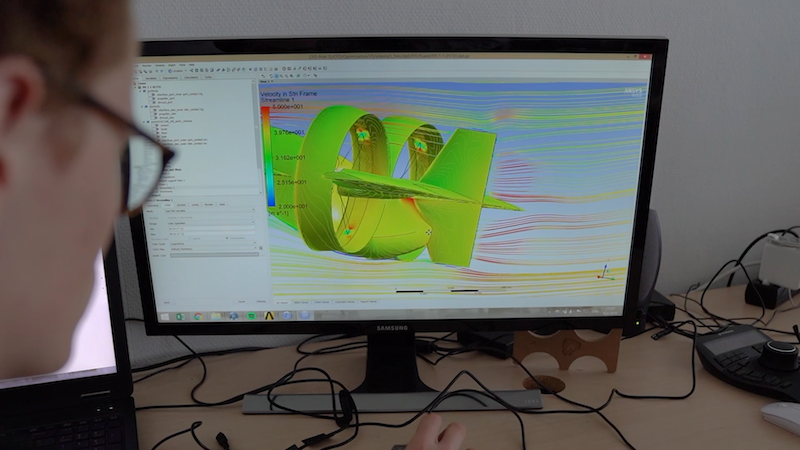Electronics Powering the S1

Brontë Kolar,
February 3, 2020
The low-voltage electronics subsystem is responsible for powering avionic and peripheral devices in the S1 and routing their signals to the flight computers. This includes everything from communicating with the servos that control the movement of the S1 to powering the telemetry system.
We designed a series of printed circuit boards (PCBs) to get the job done, which are housed in the electronics box within the body of the aircraft. Each of these PCBs has a different function. Some are for signal routing and conversion, while others are for stepping down the voltage from the low-voltage battery.
Limited by space, weight, and - most importantly - time, most of our design choices come down to finding a balance between these aspects. Logically, many of our design choices were in support of small, light components that could minimize the weight of the aircraft. However, sometimes you need to use a certain component and you just have to bite the bullet. Some of the voltage converters we used are pretty hefty, however, due to there being no alternative for our system requirements, this was a necessary choice.

To fix any problems we encounter as fast as possible, we designed some of our circuit boards to integrate with other boards that we designed. This took a bit of extra time to design, but it allows us to test out different parts and configurations without having to order an entirely new board. We can easily swap out different modules, which saves us a lot of time.
One obstacle that we faced was finding parts that were reliable and suited our needs. There are millions of components out there and finding the one that meets all your requirements takes a lot of testing and iterating. Things always look good on paper, but in reality this may not be the case. A faulty component inevitably has a big effect on the S1’s performance.
One of the best moments for myself (and I think many others on the team) was the first time I saw the S1 take off. It’s a big moment to see all the work that everyone had put in come together to (literally) take a project off the ground.
We have ordered a couple of new components to swap the older ones with, so we will be doing that in the coming weeks. And, of course, a lot of testing to make sure everything is working for the competition!

